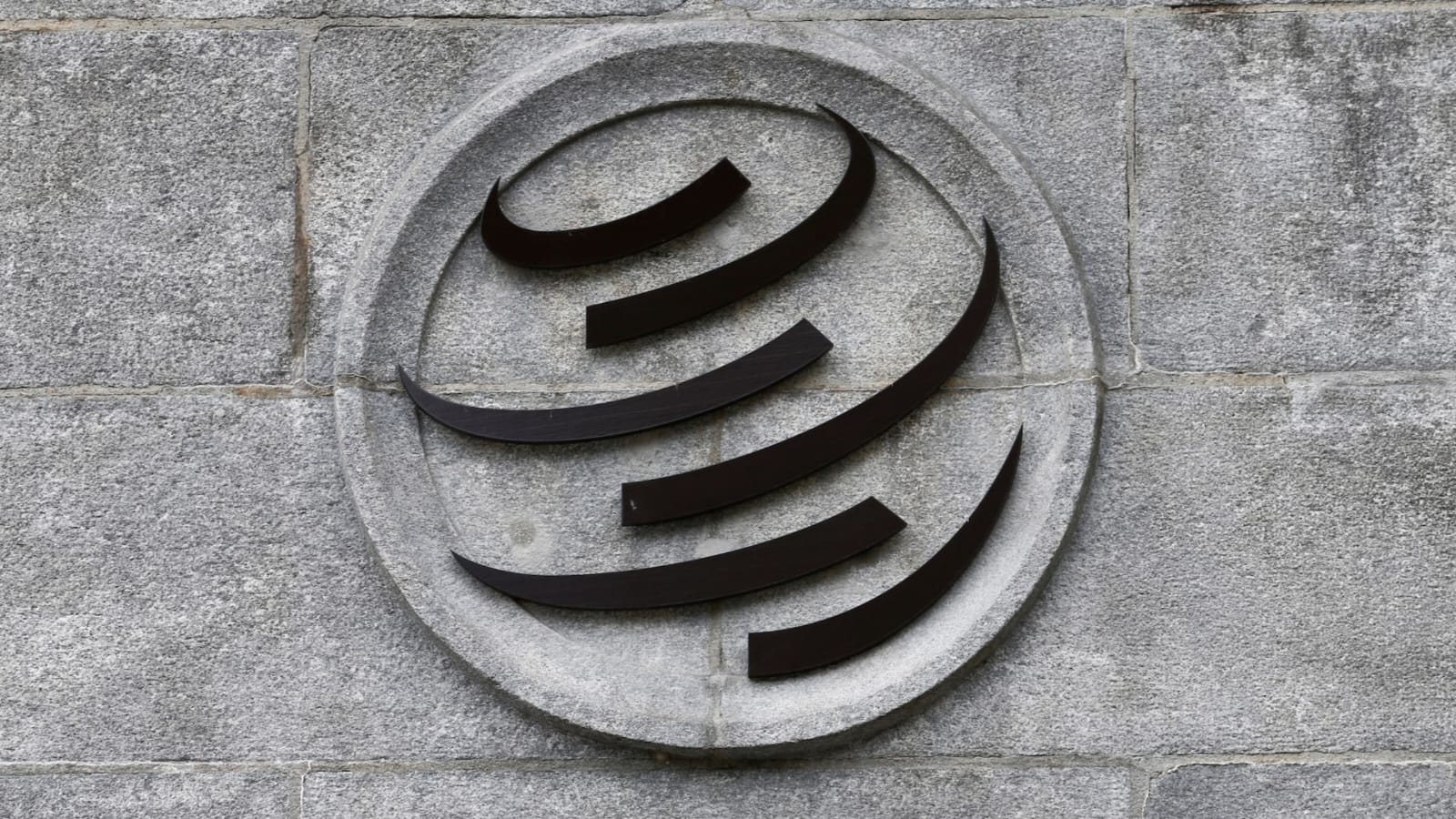Iran’s Supreme Leader Warns U.S. After Israeli Strikes on Tehran

On Wednesday, June 18, 2025, tensions in the Middle East reached a boiling point after a dramatic escalation involving Israel, Iran, and potentially the United States. In a nationally televised address, Iran’s Supreme Leader Ayatollah Ali Khamenei issued a stern warning to the United States, asserting that any military intervention would result in “irreparable damage.” His statement came just hours after a series of Israeli airstrikes shook Tehran overnight, targeting what Israel claimed were critical missile production sites.
As civilians fled the Iranian capital and international markets reacted to the unrest, Washington was reportedly evaluating a range of military options, including potential joint strikes with Israel on Iranian nuclear facilities. The looming threat of a wider regional war cast a long shadow over the day’s developments, with multiple nations calling for restraint and diplomacy in an increasingly volatile situation.
Khamenei’s Stern Warning to Washington
At approximately 9:00 AM local time on Wednesday, Ayatollah Ali Khamenei’s address was broadcast across Iran’s state-run media channels. In his first statement since Israeli jets bombed the capital, Khamenei issued a direct warning to the United States against taking any military steps against Iran.
“This nation will never surrender to imposition from anyone,” Khamenei stated in a calm yet defiant tone. “America should know that any military intervention will undoubtedly result in irreparable damage.”
His message underscored Iran’s entrenched policy of resistance, especially in the face of Western pressure. It also emphasized Tehran’s readiness to defend its sovereignty and retaliate if provoked. Khamenei’s words were meant not only as a deterrent but also as a rallying cry to the Iranian people and their allies throughout the region.
Israel Launches Overnight Air Assault on Tehran
In a shocking overnight operation that began around 2:15 AM Tehran time on June 18, Israel launched a major air assault on the Iranian capital. According to statements from the Israeli Defense Forces (IDF), fifty F-35 and F-15 fighter jets carried out a series of precision strikes on nearly 20 locations linked to Iran’s missile development infrastructure.
Targets reportedly included factories producing raw materials and missile components, storage depots, and electronic guidance system assembly plants. Social media platforms were flooded with footage showing plumes of smoke rising from multiple districts in Tehran. Local authorities confirmed that civilian structures were damaged in the strikes, though the extent of the casualties and destruction was still being assessed.
Emergency services in Tehranworked through the early morning to extinguish fires and treat the wounded, while many residents described the night as the most terrifying since the Iran-Iraq War.
Widespread Panic and Mass Exodus from Tehran
As air raid sirens wailed across Tehran between 2:30 AM and 4:00 AM, thousands of residents poured into the streets, attempting to flee the city before dawn. By 6:00 AM, highways leading out of the capital were clogged with vehicles. Families carrying blankets, food, and water supplies crowded into cars, desperate to escape what they feared would be the start of a broader war.
Traffic congestion persisted well into the morning hours. Fuel stations ran dry as residents lined up in panic. Grocery stores reported empty shelves by 10:00 AM, and mobile networks became congested due to high call volumes. By noon, an estimated 25,000 residents had fled the capital, according to Iranian Red Crescent officials.
Tehran’s mayor ordered the temporary closure of all public institutions, including schools, businesses, and government offices. Hospitals were placed on high alert, and underground shelters were opened for residents unable to leave the city.
Trump Administration Considers Military Action
By 8:00 AM Eastern Time (4:30 PM Tehran time), reports from Washington indicated that President Donald Trump had convened his national security team at the White House to discuss the situation in Iran. Sources familiar with the discussions revealed that the Trump administration was considering direct military involvement, possibly in coordination with Israel.
The U.S. had already been applying economic and diplomatic pressure on Iran for years, but this would mark a significant escalation into potential armed conflict. Options being reviewed reportedly included targeted airstrikes on Iranian nuclear facilities and strategic defense installations.
The White House did not issue an immediate statement, but a senior official speaking anonymously confirmed that the President had requested detailed operational plans from the Pentagon. Discussions continued late into the evening, with Trump said to be “closely monitoring” developments.
Iranian Ambassador Issues Retaliation Warning
At 12:30 PM Geneva time, Iranian Ambassador to the United Nations in Geneva, Ali Bahreini, held a press conference to condemn both the Israeli strikes and Washington’s alleged complicity. He warned that Iran would respond decisively to any direct U.S. involvement.
“We already view the United States as complicit in what Israel is doing,” Bahreini told reporters. “Any direct involvement will invite a decisive Iranian response.”
He reiterated Tehran’s position that any attacks on its soil—especially those targeting nuclear sites—would be considered acts of war. According to Bahreini, Iran had already communicated this message through diplomatic back channels to avoid misunderstanding.
The Islamic Revolutionary Guard Corps (IRGC) was placed on full alert by 3:00 PM local time. Iranian-supported militias across Iraq, Syria, and Lebanon were also seen mobilizing, raising alarms in neighboring countries and within U.S. intelligence circles.
Nuclear Facilities Under Threat
Perhaps the most alarming element of the unfolding crisis was the potential targeting of Iran’s nuclear facilities. Though these sites are monitored by the International Atomic Energy Agency (IAEA), there are concerns that they could be drawn into the conflict.
As of 2:00 PM Vienna time, the IAEA issued a statement expressing “deep concern” over the potential for attacks on civilian nuclear infrastructure. It urged all parties to avoid endangering facilities that could unleash environmental and humanitarian disasters.
Iran has repeatedly warned it would defend its nuclear program if threatened. A senior official from Iran’s Atomic Energy Organization confirmed that additional security measures were being implemented at the Natanz and Fordow enrichment sites.
Western analysts warned that any military strikes on these facilities could result in radioactive contamination, mass casualties, and long-term regional instability.
Global Energy and Shipping at Risk
The crisis also raised immediate fears over global energy security. By 4:00 PM GMT, oil prices surged by over 8% in international markets, driven by concerns that Iran might block the Strait of Hormuz in retaliation. This narrow waterway is a vital route for nearly one-third of the world’s seaborne oil.
Maritime authorities in the UAE and Oman increased naval patrols, and shipping insurers raised premiums for vessels operating in the Gulf region. Tanker operators began rerouting vessels away from the strait, while Asian importers began exploring alternative suppliers.
The U.S. Navy’s Fifth Fleet, based in Bahrain, issued a statement at 7:00 PM local time warning of “emerging risks” to shipping and advising commercial vessels to proceed with caution.
Reactions from Regional Powers
Across the Middle East, governments scrambled to respond to the escalating situation. By 6:00 PM Riyadh time, Saudi Arabia convened an emergency meeting of the Gulf Cooperation Council to assess regional threats and coordinate responses. The UAE, Kuwait, and Bahrain increased their military alert levels.
In Turkey, President Recep Tayyip Erdoğan called for immediate international mediation, while Qatar and Oman reached out to both Iran and the United States in hopes of opening backchannel diplomacy.
Lebanese officials expressed concern over Hezbollah’s potential involvement, which could trigger Israeli strikes on Lebanese territory. Meanwhile, Iraq’s government placed its security forces on standby in anticipation of cross-border violence from Iranian-backed militias.
Ayatollah Khamenei’s Message of Resistance
As the day drew to a close, Ayatollah Khamenei’s words reverberated through Iranian society. His message reaffirmed a national identity built on resistance, sovereignty, and independence. He made clear that Iran would decide its own fate, not bow to threats or foreign-imposed peace.
“Peace or war cannot be imposed on this nation,” he said. “Those who know Iran, its people, and its history would never speak to it in the language of threats.”
His remarks rallied the public while simultaneously warning adversaries of the potential consequences of military miscalculation. With the nation on high alert and its leadership unified in its defiance, the coming days will determine whether this crisis escalates into open warfare or returns to the diplomatic arena.








1 Comment
[…] by the Open Source Centre in London supports the hypothesis that Iran may have anticipated the U.S. strike and relocated its enriched uranium stockpile in advance. Observers noted unusual pre-strike […]
Comments are closed.